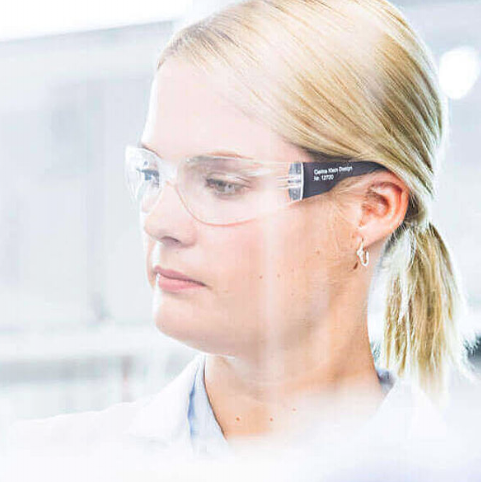Hohenstein Develops Microfiber Shedding Analysis Test
Research group Hohenstein announces it has developed a method for analyzing microfiber shedding from textiles.

BÖNNIGHEIM, Germany-Research group Hohenstein announces it has developed a method for analyzing microfiber shedding from textiles. The process uses dynamic image analysis to quantify shedding behavior and reveal previously unattainable data, according to the group.
The new testing method is the culmination of a four-year study by Hohenstein lead researcher Jasmin Haap. Haap, along with a research team, developed, refined, and validated what the organization describes as “an analytical method that goes beyond current approaches of measuring the shedded mass to quantify fiber count, length, diameter, and shape.” The group says the analysis method also reveals the distribution of these attributes and can generate separate results for cellulosic fibers (e.g., cotton) and non-cellulosic fibers (e.g., polyester). With the test, researchers can determine which types of fibers contribute most to microfiber release. Hohenstein says it hopes the study will lead to the development of more sustainable textiles that shed less.
Groups have called for closer analysis of microfiber shedding in recent years because some garments can “shed” particles during washing, and many washing machines don’t have a filter fine enough to trap the particles. In June 2018, lawmakers in New York and California called for warning labels on garments to alert consumers. Late last year, The Microfibre Consortium (TMC) shared details about a microfiber shedding test method released to its members. Hohenstein says it has since joined TMC as a contributing research member.
For more information, visit https://www.hohenstein.us/.